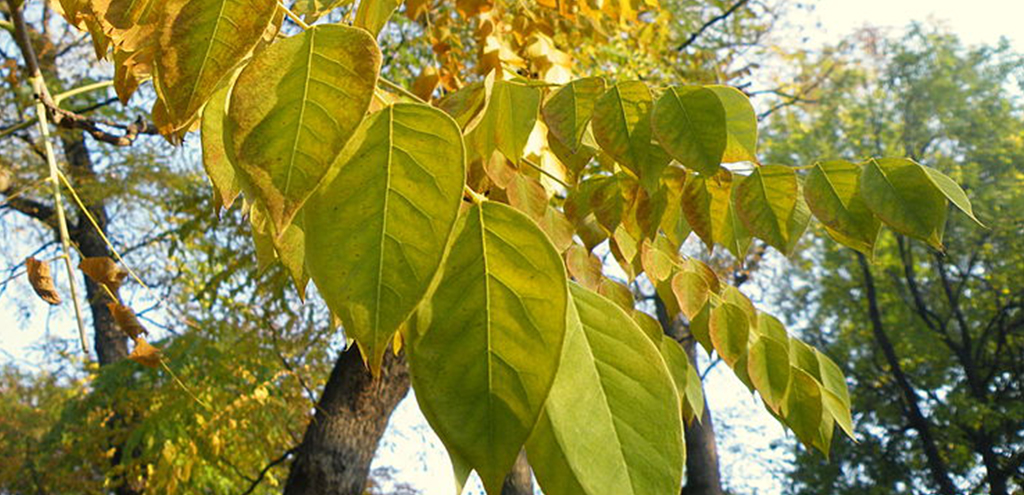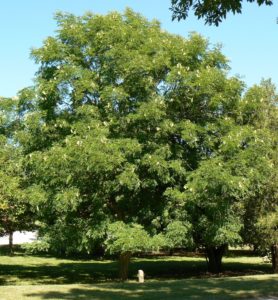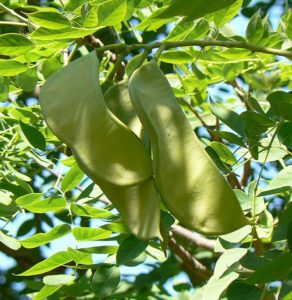THE LEAFLET

Tree of the Month: Kentucky Coffeetree
Tree of the Month was a monthly feature way back when. Since there are so many beneficial and special trees we didn’t get to share, we’re bringing it back to spread tree love and knowledge.
Kentucky is often known for its bluegrass, but there is another type of flora that we’re more invested in: the Kentucky Coffeetree! The Kentucky Coffeetree, or Gymnocladus dioicus, is the singular member of the genus Gymnocladus found natively in North America, but that is not its only claim to fame. Natively found throughout central states of America from Pennsylvania to Nebraska and from Minnesota to Oklahoma, it is named from early Kentucky settlers noticed the resemblance of its seeds to coffee beans.
With a reputation as a tough species, Kentucky coffeetrees are prized for their resilience. Uniquely accommodating for cities, they’re adaptable, pollution tolerant and drought resistant. It prefers to grow in acidic, alkaline, loamy, moist, rich, sandy, well-drained, wet and clay soils. While it tolerates wet soil, it has extreme drought tolerance. Another good asset for this tree? Full sun is the ideal condition for this tree and it has few major pests or pathogens.
This tree is considered both a shade tree and an ornamental tree, and is often an excellent choice for parks, golf courses, and other large open areas – including the right of way! Kentucky coffeetrees are frequently used as street trees.
While it features a spreading canopy capable of blocking sunlight and adds visual interest and beauty to landscaping. Mature trees can grow to a height of 75 feet and spread to over 40 feet. Patience is a virtue with the Kentucky coffeetree, as it is one of the last trees to leaf out in the spring. Its long dormancy period resulted in this tree getting the unfortunate nickname “Stump Tree”.
Those who wait though, are treated to quite a show. Its rough, dark brown bark is visually interesting, becoming scaly with curved edges as the tree matures. Long, large clusters of greenish-white flowers bloom in the late spring as the leaves mature and the flowers of the female tree have a delicate rose like fragrance.

While native to North America, Native Americans introduced the tree to some parts of the continent as they used the pulp from the wood to treat insanity. A tea was also made from the leaves and pulp and used as a laxative. Early settlers used the seeds of the tree as a substitute for coffee.
Those infamous seed pods that helped name Gymnocladus dioicus? Those grow to be 5 to 10 inches long and green in color, turning brown and leathery, and persist through the winter (unlike its leaves). Careful though, sources disagree on which parts of the seed pods are edible, but the seed pulp is reportedly toxic to cattle.
Ultimately Kentucky coffeetrees are underrated work horses of an urban forest. The tree’s picturesque profile stands out in all seasons and can be attributed to a unique growth habit of coarse, ascending branches that often form a narrow crown. Tree expert Michael Dirr pointed out that there are “certainly no two exactly alike.”
This tree is available through our residential planting program, RiverSmart Homes. You can also get up to $100 back for planting this tree yourself through our tree rebate program.
